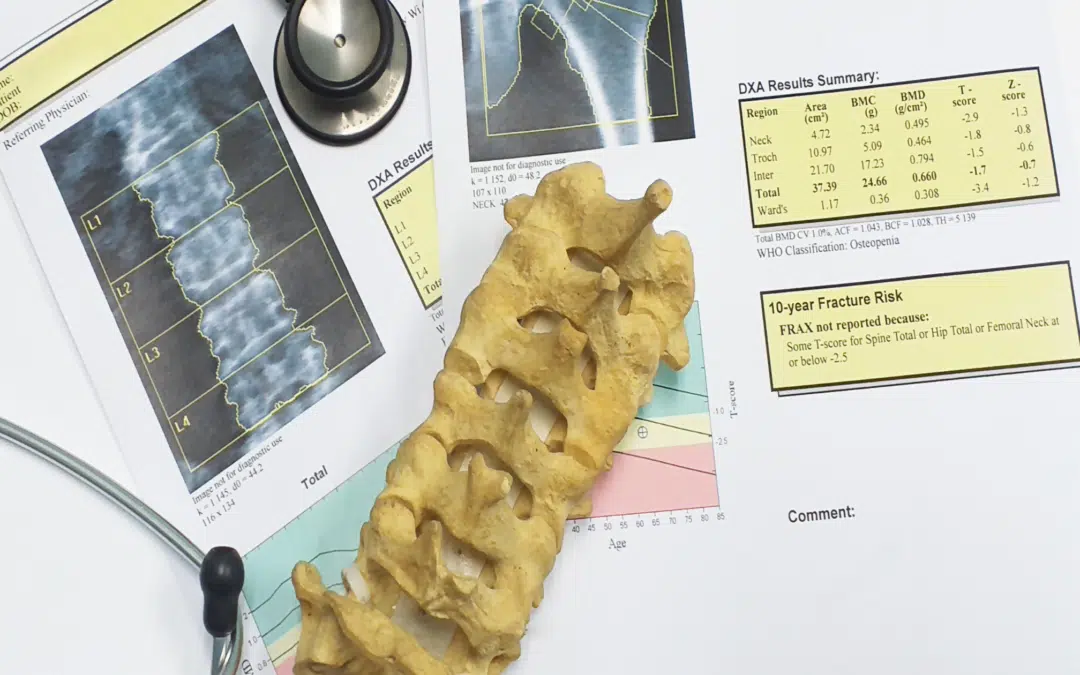Peak Bone Mass (PBM) plays a pivotal role in determining an individual’s bone health throughout their life. It is the maximum bone density and strength achieved during young adulthood, usually in the late twenties or early thirties.
The significance of attaining optimal PBM cannot be overstated, as it directly influences the risk of osteoporosis and fractures later in life.
In this article, we delve into the factors influencing PBM and explore strategies to promote strong, healthy bones for a lifetime.
Factors Affecting Peak Bone Mass:
- Genetics: Genetic factors contribute significantly to bone health. Individuals with a family history of osteoporosis or low bone density may be at a higher risk, emphasizing the importance of early awareness and prevention.
- Nutrition: Adequate intake of essential nutrients, particularly calcium and vitamin D, is crucial for optimal bone development. A balanced diet rich in dairy products, leafy greens, and fortified foods helps support the building blocks of bone.
- Physical Activity: Weight-bearing exercises, such as walking, running, and strength training, stimulate bone growth and contribute to higher PBM. Regular physical activity during adolescence and early adulthood is essential for maximizing bone density.
- Hormonal Influences: Hormones, especially estrogen and testosterone, play a vital role in bone development. Adolescence, a critical period for bone accrual, is marked by hormonal changes that influence PBM. Hormonal imbalances, as seen in conditions like hormonal deficiencies or eating disorders, can impact bone health.
Strategies to Enhance Peak Bone Mass:
- Early Intervention: Establishing healthy bone habits early in life is crucial. Encourage a balanced diet, regular exercise, and sufficient sun exposure for optimal vitamin D synthesis during childhood and adolescence.
- Nutrition Education: Educate individuals on the importance of a nutrient-rich diet, emphasizing foods high in calcium, vitamin D, magnesium, and phosphorus. This knowledge empowers people to make informed dietary choices to support bone health.
- Weight-Bearing Exercises: Promote the inclusion of weight-bearing and resistance exercises in regular physical activity routines. These activities enhance bone density and contribute to the attainment of peak bone mass.
- Lifestyle Choices: Discourage behaviors that negatively impact bone health, such as smoking and excessive alcohol consumption. These habits can compromise bone density and contribute to the risk of fractures.
Conclusion
Investing in bone health during the critical period of PBM development sets the foundation for a resilient skeletal structure throughout life.
By understanding the factors influencing PBM and adopting proactive strategies, individuals can maximize their bone density and reduce the risk of osteoporosis in later years.
Emphasizing the importance of nutrition, exercise, and healthy lifestyle choices contributes to building strong, resilient bones that support overall well-being for a lifetime.

Leave feedback about this